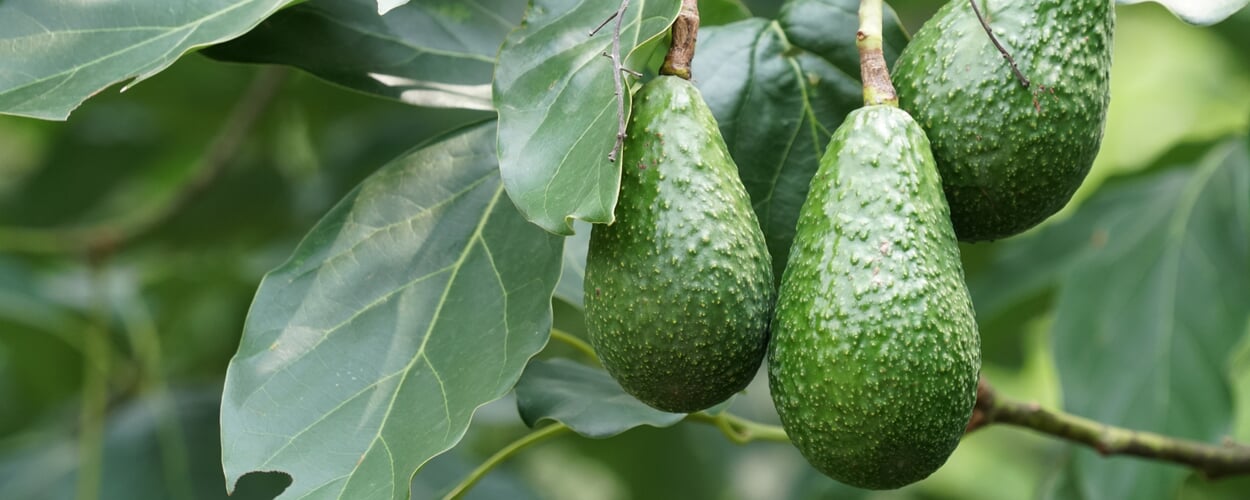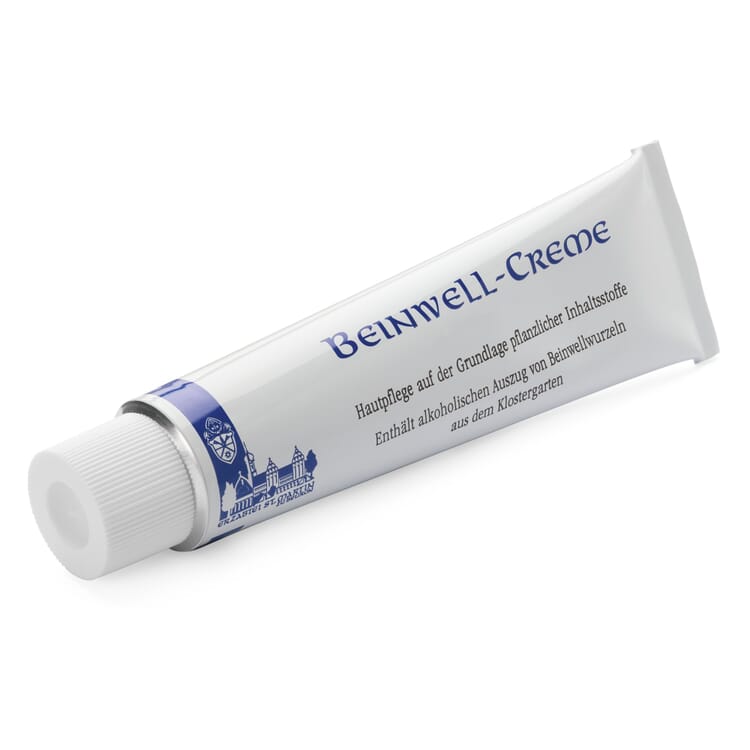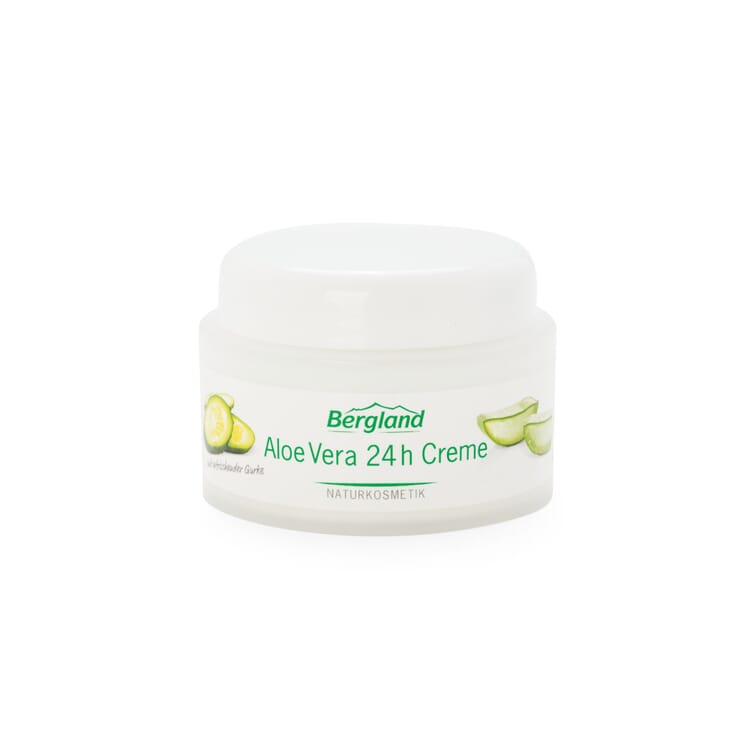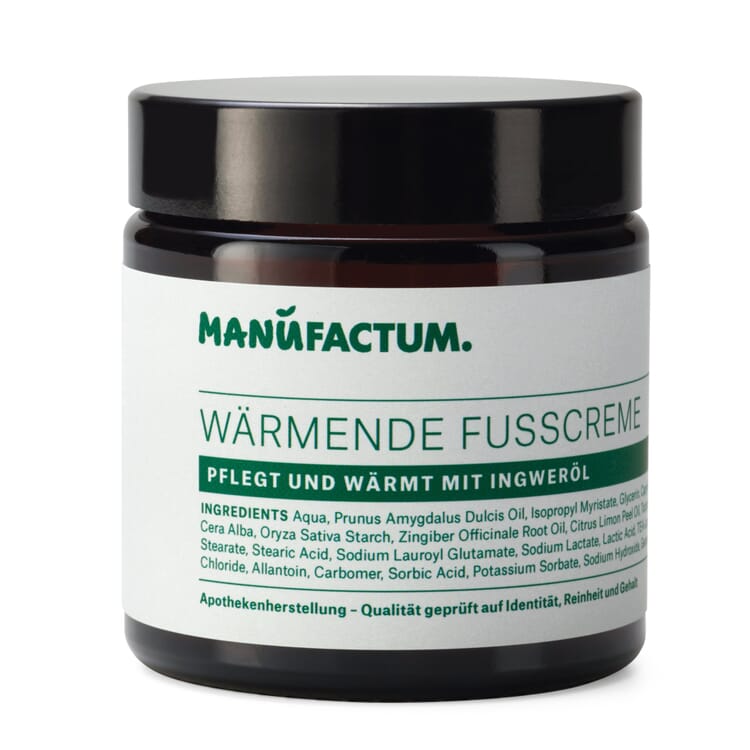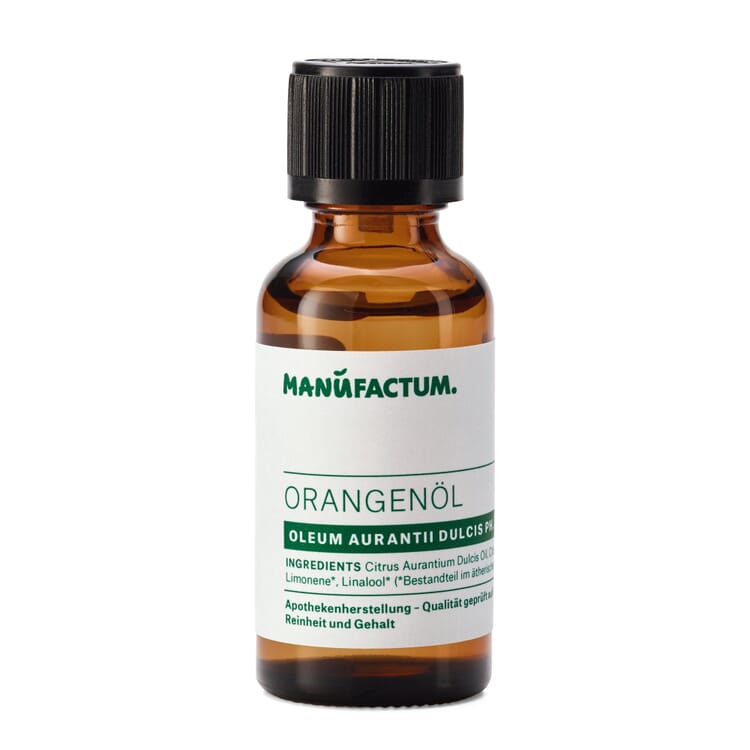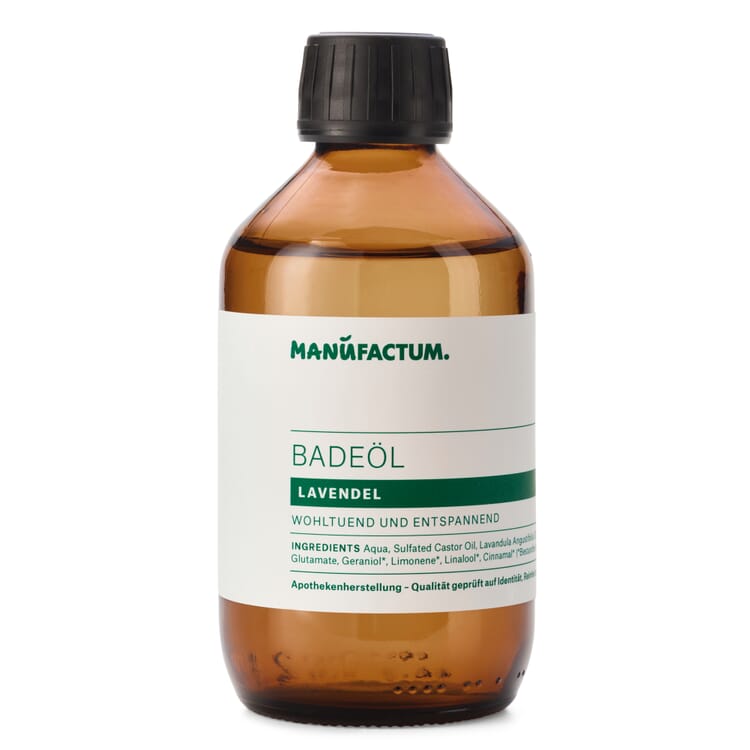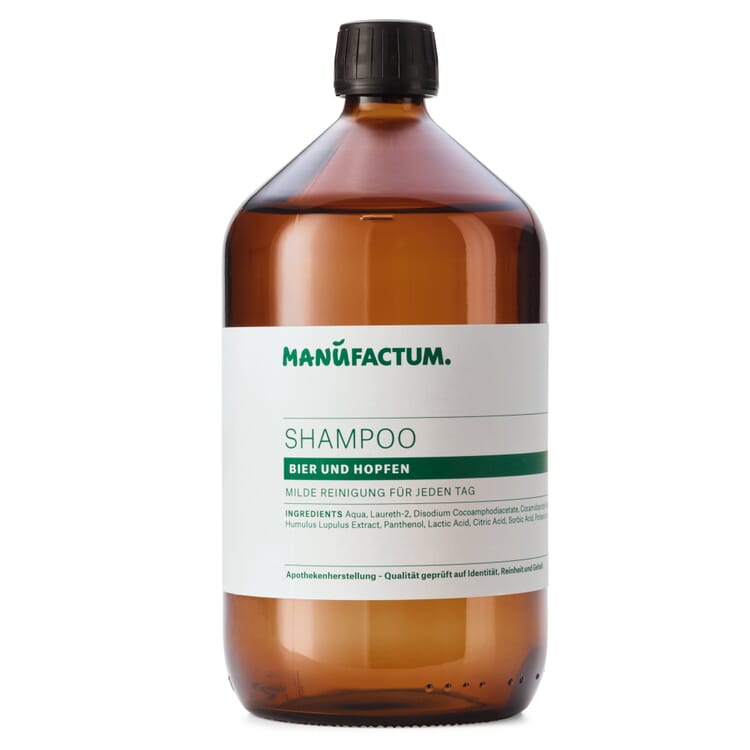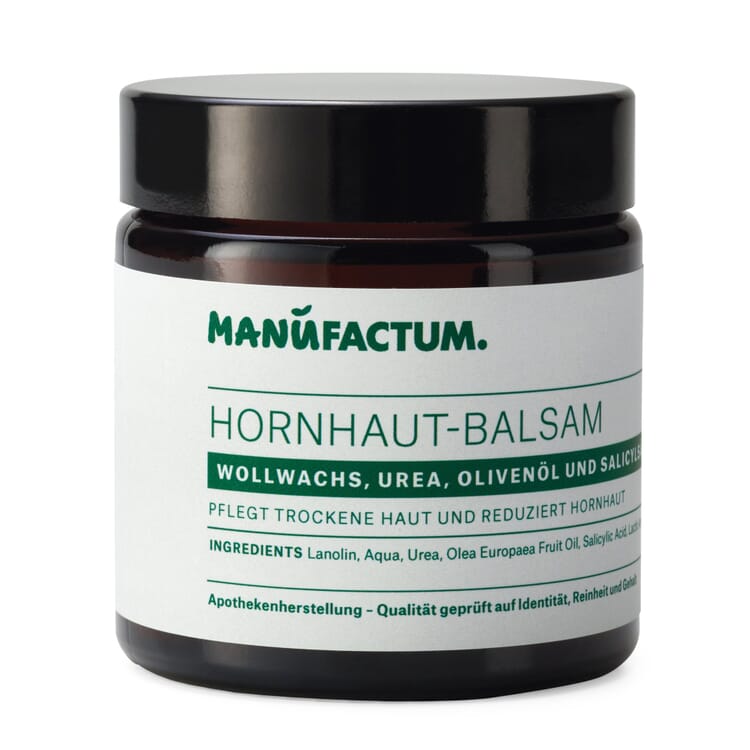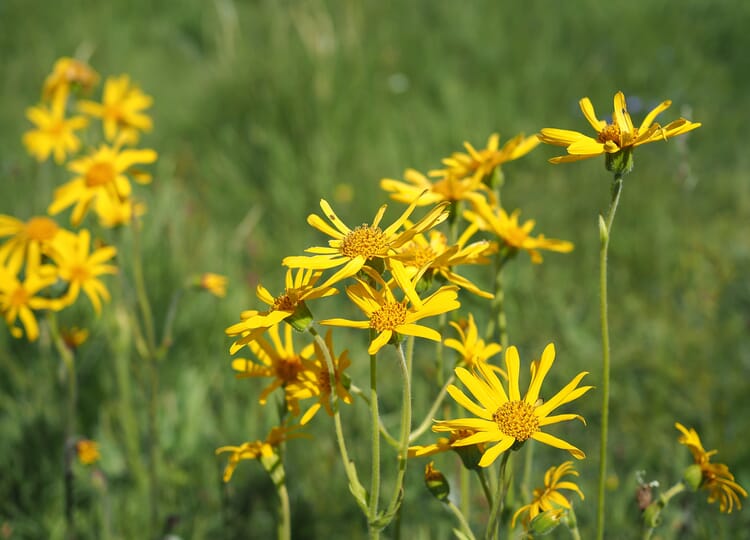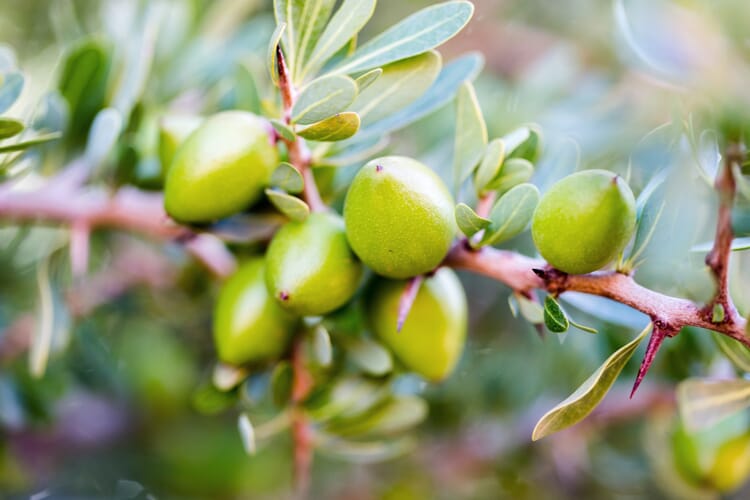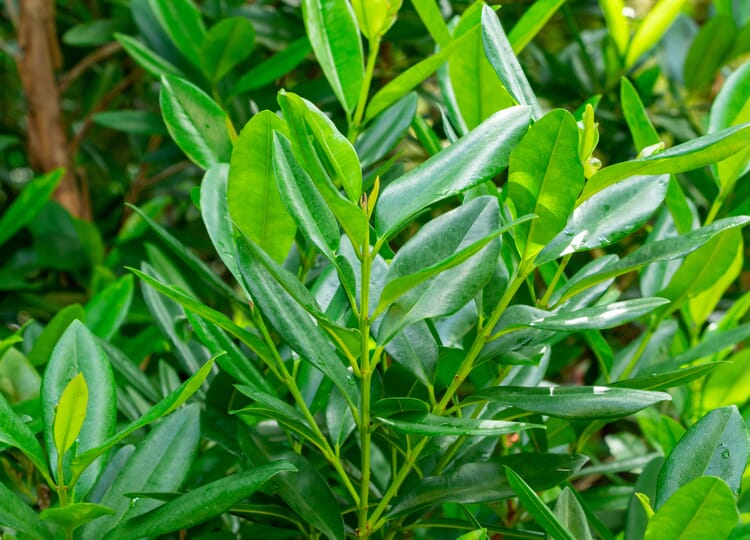Medicinal plants A|B|C
Avocado (Persea americana)
The up to 20 meters high Avocado tree is related to the cinnamon tree and real laurel and belongs like these to the plant family of the laurel plants. It likes it warm and humid and feels comfortable in tropical and subtropical areas. It takes ten years for the avocado tree to bear fruit for the first time; botanically speaking, these are berry fruits. Depending on the variety, they are egg- to pear-shaped. The Aztecs, however, had a different association: their name for the fruit is ahuacatl, meaning testicle.
Origin and cultivation
The avocado originates from southern Mexico, where indigenous people used it as food almost 10,000 years ago. Today, the tree is cultivated in California, Brazil, Chile, South Africa, Israel and New Zealand, among other places. However, the growing demand ensures that - similar to the cultivation of soy and oil palm - environmental problems arise and small farmers are increasingly displaced by large agricultural companies. Customers and retailers should therefore look out for organic and fair trade certified goods, for example.
Ingredients
The avocado has the highest fat content of all known fruits and vegetables. What is special about avocado oil is that it is not extracted from the pit of the fruit, but from its flesh. Avocado oil is remarkably viscous and, in its raw state, bright yellow-green to green. Refined oil is paler and also more durable. In cosmetic application, especially sensitive and already damaged skin as well as damaged hair benefit from the ingredients of avocado oil (including vitamins A and E and biotin).
Products with avocado oil
Use of avocado oil
- In (vegetarian) cuisine, avocado oil is a tasty source of energy. Together with peanut oil, it is the only vegetable oil that is also suitable in unrefined form for hot frying; it only reaches the smoking point at 250 °C.
- Avocado oil is very well absorbed by the skin and transports further active ingredients of the cosmetic (for example urea) into the deeper skin layers (so-called sliding rail effect).
- For very dry and cracked skin - even with neurodermatitis - the avocado oil is a boon, even heavily horny skin on elbows and foot pads becomes supple again
- Avocado oil can be mixed excellently with essential oils and has a light sun protection factor (approx. SPF 3).
The flesh and especially the pit of the avocado contain the toxin persin, which is harmless to humans but toxic to pets.
Exclusive Manufactum body care products
Recommended Topics
The sunny yellow, almost palm-sized flowers of arnica appear from June to August and have the typical structure of a composite flower. The whole plant has glandular hairs and smells aromatic. Originally it was at home everywhere in Europe, Central Asia and North America on nutrient-poor (mountain) meadows and boggy sites. But because there are hardly any unfertilized areas left and arnica was intensively collected for centuries because of its healing power, it has become very rare.
View moreThe widely spreading branches of the argan tree, which grows up to twelve meters high and is native to the semi-desert, provide shade for humans and animals. Every two years, and only when there is no dry spell, the argan tree produces yellowish fruits. They are barely the size of a plum and have a bitter pulp that is inedible to humans. An extremely hard shell encloses the fruit core and protects the two to three seeds inside, from which the precious argan oil is extracted.
View moreThe evergreen Bay tree grows up to 20 meters high and, as a child of the tropics and subtropics, tolerates neither drought nor temperatures below 5 °C. Its small white flowers spread a spicy fragrance reminiscent of cloves and nutmeg. The leaves also emit this fragrance as soon as their leathery skin is damaged. The bay belongs to the myrtle family, so it is not related to the Mediterranean bay laurel. However, because it is so similar in appearance, the bay is also called "West Indian bay".
View more
